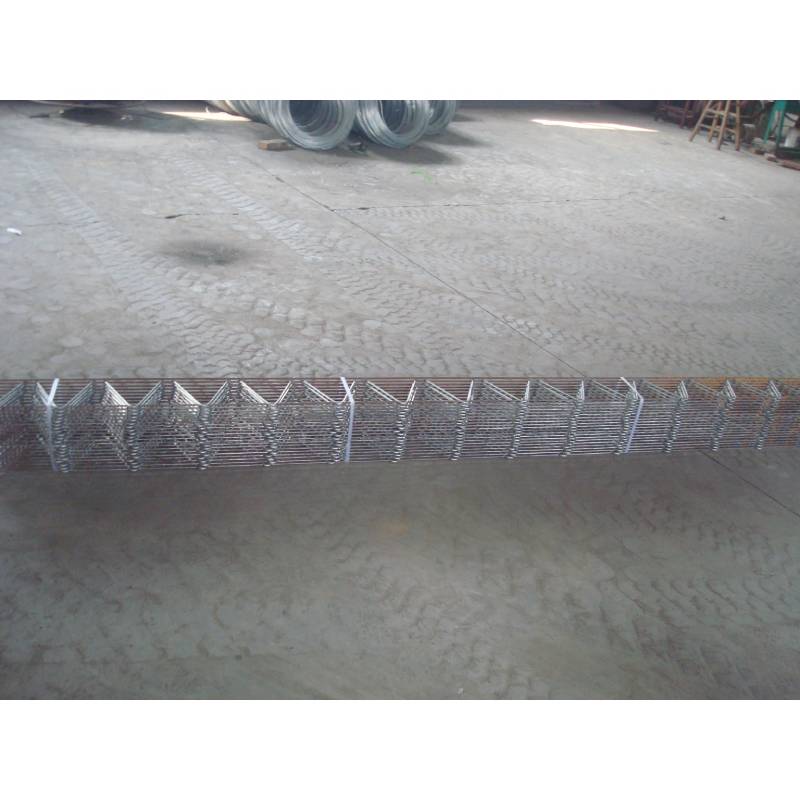
- Mobile Phone
- +8613931874955
- sales@cntcmetal.com
Understanding Progressive Coil Springs and Their Applications in Automotive Suspension Systems
Understanding Progressive Coil Springs A Journey into Mechanics
Progressive coil springs are a pivotal component in various mechanical systems, particularly in the automotive and machinery industries. Their design and function uniquely enhance performance, making them a popular choice for modern applications. To appreciate the significance of progressive coil springs, it's essential to understand what they are, how they work, and their numerous advantages over traditional coil springs.
What Are Progressive Coil Springs?
Progressive coil springs are a type of spring characterized by varying spring rates along their length. Unlike conventional coil springs, which typically offer a constant resistance to compression, progressive coil springs are designed with coils that are spaced differently throughout their length. This means that when the spring is compressed, the initial coils are compressed first, providing lower resistance at first, followed by a progressively stiffer response as more coils engage. This design allows for greater flexibility and adaptability to different loading conditions.
How Do They Work?
The operational mechanics of progressive coil springs can be visualized through the behavior of the coils when subjected to force. Initially, when a load is applied, the loosely spaced coils compress easily, allowing for a gentle response. As the load continues to increase, the spacing between the coils decreases, requiring more force to compress them further. This property results in a dynamic response to varying loads, effectively absorbing shocks and providing a smooth ride in automotive applications.
In practical terms, this means that progressive coil springs can adapt to road conditions and driving styles. For instance, during normal driving scenarios, they provide comfort and stability. However, under heavy loads or aggressive driving conditions, they stiffen up to maintain control and prevent bottoming out.
Advantages of Progressive Coil Springs
progressive coil springs

1. Improved Comfort and Performance One of the primary benefits of progressive coil springs is their ability to improve ride comfort without sacrificing performance. They absorb small bumps while remaining resilient during larger impacts, making them ideal for vehicles that travel on varied terrain.
2. Enhanced Load Handling Progressive springs effectively manage different load conditions, making them suitable for vehicles that might encounter varying weights, such as SUVs or trucks. Their adaptability ensures a safe and stable driving experience.
3. Space Efficiency Due to their design, progressive coil springs can be compact and lighter than traditional springs, which allows them to be used in applications where space is limited. This feature is particularly useful in modern automotive design, where every inch counts.
4. Customizability Many manufacturers offer options for customizing progressive coil springs to meet specific performance requirements. This tailor-made approach ensures that vehicles can be enhanced to suit particular handling characteristics or driving conditions.
5. Longevity and Durability Progressive coil springs often exhibit greater durability compared to standard coil springs. Their ability to handle various loads with ease reduces wear over time, contributing to a longer service life and reducing maintenance costs.
Conclusion
In conclusion, progressive coil springs represent a sophisticated advancement in spring design and functionality. Their unique ability to provide variable resistance and adaptability makes them superior to traditional coil springs in many applications, especially in the automotive sector. By intelligently managing load responses, they enhance comfort, performance, and durability. As engineering continues to evolve, the role of progressive coil springs is poised to become even more significant, promising to shape the future of mechanical design and innovation. Whether navigating a bumpy road or managing heavy loads, progressive coil springs offer a blend of performance and comfort that is hard to beat.
share:
-
Your Source for Concrete Wall Ties and Masonry AccessoriesNewsJul.10,2025
-
Unlocking the Power of Iron Wire for Every ProjectNewsJul.10,2025
-
Explore Advanced Chain Wire and Stainless Steel Mesh FencingNewsJul.10,2025
-
Discover the Benefits of Annealed Wire ProductsNewsJul.10,2025
-
Discover China Stainless Steel Wire Mesh SolutionsNewsJul.10,2025
-
Build with Confidence Using High-Performance Masonry AccessoriesNewsJul.10,2025
-
Why Sacrificial Formwork Is Redefining Underground ConstructionNewsJun.06,2025



















